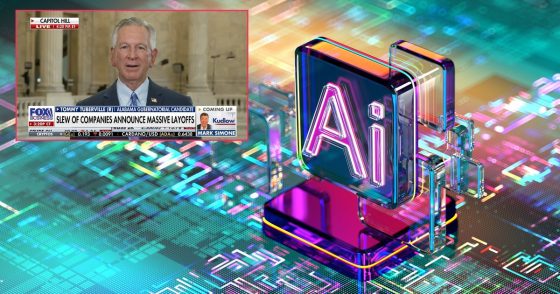Aim This study, aimed to determine the individual innovativeness levels of nursing students and their readiness levels for medical artificial intelligence and the relationship between these two variables. Background A healthcare team with innovative personality traits is essential for the effective use of artificial intelligence in healthcare. It is important to determine the perspectives of nursing students, who are among the most crowded members of the team and whom we define as the nurses of the future, in this direction. Design The research was designed as descriptive and correlational. Method The research data were collected by the researcher between March 1 and May 1, 2023. The study included 1st, 2nd, 3rd and 4th year nursing students studying at two universities in Anatolia. Data were collected with a reliable online survey method. The sample selection procedure was based on the sampling of the known population method. The study was conducted with 781 nursing students using a cross-sectional and correlational study method. The data were collected using the Personal Information Form, Individual Innovativeness Scale and Medical Artificial Intelligence Readiness Scale. The conformity of the data to the normal distribution was made by using skewness and kurtosis values and the range of + 2 and − 2 was taken as reference. Significance level p
Artificial intelligence and the Gulf Cooperation Council workforce: adapting to the future of work
Humanities and Social Sciences Communications – Artificial intelligence and the Gulf Cooperation Council workforce: adapting to the future of work
Tuberville: Artificial intelligence ‘going to take some jobs, but…
Artificial intelligence (AI) is going to take some jobs, but it’s also going to create jobs, according to U.S. Sen. Tommy Tuberville (R-Auburn). | Alabama…
Machine learning in biological research: key algorithms, applications, and future directions
Machine learning is a robust framework to analyze questions using complex data in a variety of fields. We present definitions and recent applications of four key machine learning methods and discuss their advantages and challenges in biological research. Through a set of systematically selected case studies, we highlight how machine learning models have been used in a range of applications, including phylogenomics, disease prediction, and host taxonomy prediction. We identify additional potential areas of integration of machine learning into questions with biological relevance. This intersection can be further enhanced through collaboration and innovation on parallelization, interpretability, and preprocessing.
Elon Musk’s Holy Trinity
X, Grok, and now Grokipedia have constructed a parallel universe in the billionaire’s image.
OpenAI completes restructure as for-profit company
The long-awaited move follows a lengthy legal saga and brings a more traditional corporate structure to the startup.
Where California stands with 'AI Anxiety'
Workers at all stages of their careers are increasingly anxious about the lightning-fast deployment of Artificial intelligence.
Layoffs hit Amazon, UPS, Target, and more — what's fueling the cuts
Thousands of workers are falling victim to job cuts at Amazon, UPS, Nestlé, and other large companies, in an economy defined by uncertainty, AI, and global tensions.
From reactive to predictive: How AI is redefining IT management
Compugen’s Modern Work services, powered by HP’s Workforce Experience Platform, help IT leaders shift from reacting to reimagining — turning operational chaos into strategic advantage.
Super Teacher is building an AI tutor for elementary schools — catch it at Disrupt 2025
Founded by a former math teacher and Googler, Super Teacher’s AI tutor is being used in public school in New York, New Jersey, and Hawaii.





